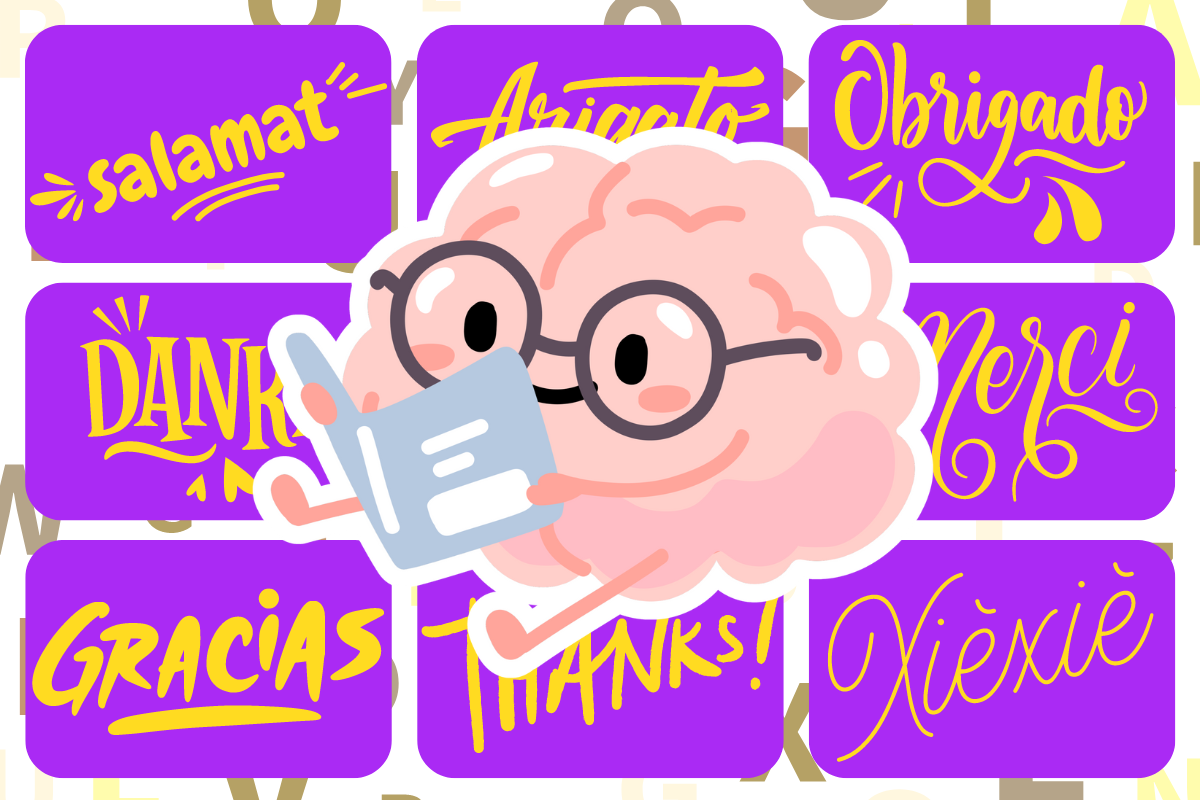
How To Say No: Negative Sentences in Tagalog
There are times in which you don’t agree with something or someone. But how do you express that? Easy, by using negative particles and creating negative sentences in Tagalog.


There are times in which you don’t agree with something or someone. But how do you express that? Easy, by using negative particles and creating negative sentences in Tagalog.

Holidays in the Philippines are not just days off; they are occasions for celebration, reflection, and family gatherings. They often involve various festivities, rituals, and customs that highlight the country’s diverse culture and history.
Besides the usual New Year and Christmas Day, here are some of the nationally celebrated holidays around the Philippines:

Getting comfortable with Tagalog begins with understanding some common statements. Let’s go through possible scenarios such as greetings, basic courtesy, polite speech, and more.

Verbs play a central role in expressing actions, events, and states of being. There are two main verb focuses in Tagalog–actor-focus and object-focus.

When learning Tagalog, broadening your vocabulary may feel overwhelming. The sheer number of words to learn, along with their various meanings and uses, can make the task seem daunting. But not to worry, there are several strategies to expanding your Tagalog vocabulary.

Tagalog is a language unique to the Philippines. For those living outside the Philippines who are eager to learn the language, it can be difficult due to the limited availability of Tagalog language learning resources.
Here is a compilation of must-use resources for Tagalog learning.

Questions are fundamental in any language as they allow you to gather information, clarify details, and engage in conversations. For that to happen, learning about question words in Tagalog is a must.

In Tagalog sentence construction, you need more than just a repertoire of words. You also need to connect words using Tagalog ligatures or pang-angkop.
By learning how to properly use ligatures, you elevate your language skills and can speak more naturally.

If you think about it, speech has two modes, like a switch. That’s the case with formal and informal speech in Tagalog.

Have you ever wondered how our brains learn languages?
Knowing the technical aspects can be beneficial in your language learning journey. When you know how your brain works and reacts, you will better understand how to learn a language more effectively.

When learning a language, there is one thing that is as important as grammar—pronunciation. Knowing the pronunciation nuances of the modern Filipino alphabet can significantly smoothen your path toward mastering the language.

Language is an essential part of our lives, whether spoken, written, or signed. The reach of one language is already far-reaching; imagine knowing two, or even better, being a polyglot.
There are several perks to knowing more than one language, some more observable than others.

Milliscent Lucio is a digital content creator from La Trinidad, Philippines. Though primarily a writer, they are also working on teaching themselves graphic design, digital art, and web design.
When not busy working on their hundred different hobbies and projects, Milliscent spends their time book hunting. They love getting lost in fantasy worlds and are currently on the lookout for more Asian literature to add to their hoard.